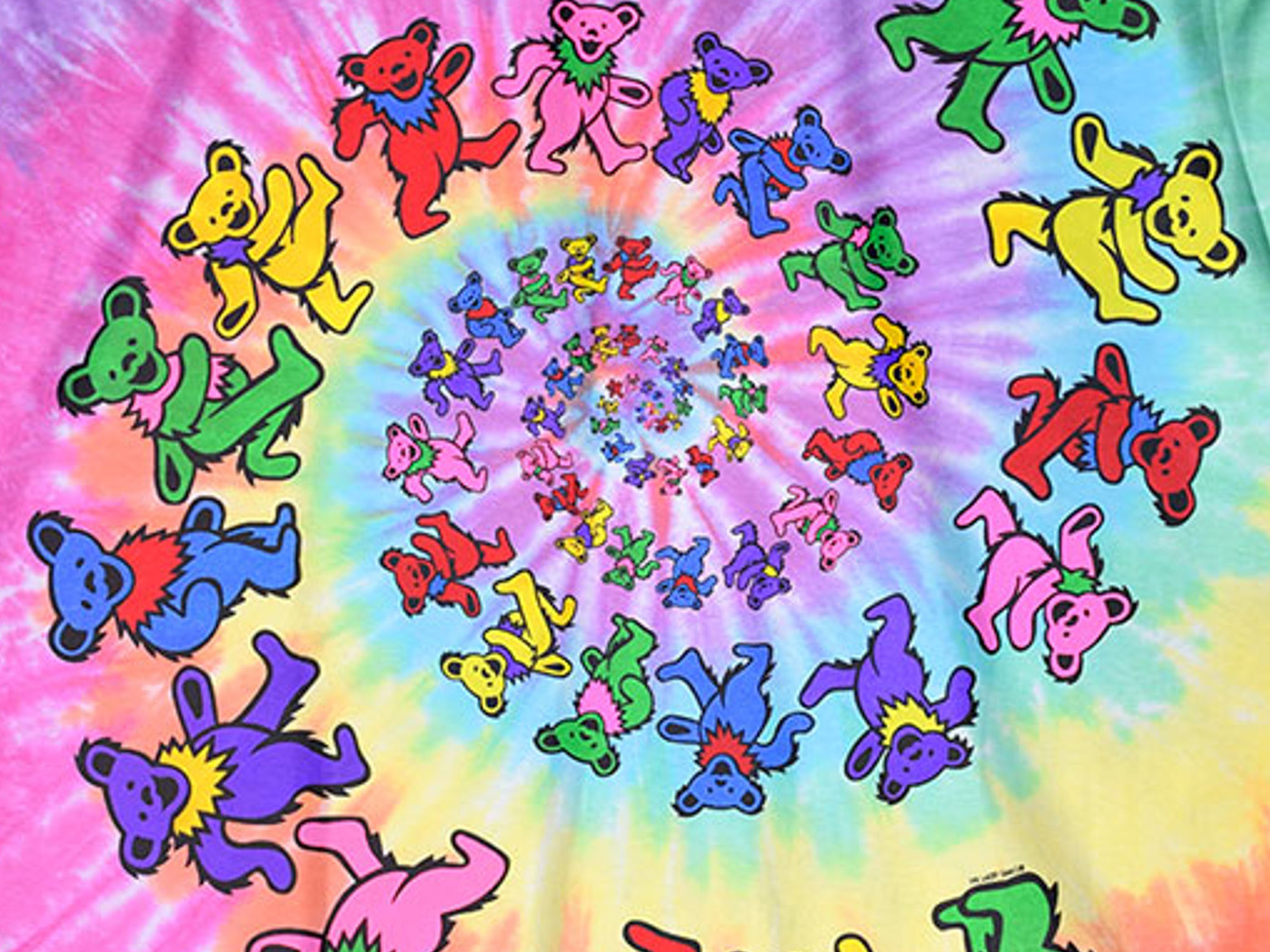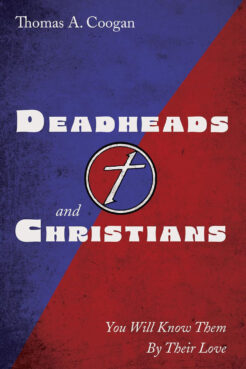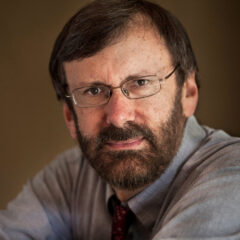
(RNS) — The moment I saw the title of Thomas Coogan’s new book, “Deadheads and Christians: You Will Know Them by Their Love,” I knew exactly what he was up to.
Maybe it’s because I spent my career covering religion for daily newspapers in San Francisco. The city had long been the mind-bending mecca for the spiritual counterculture of the baby boom generation, with rock music, particularly the Grateful Dead’s trippy, open-ended jams, furnishing the liturgical soundscape. By the time I started covering religion there in the 1980s, the Dead’s Jerry Garcia had been risen up as the reluctant messiah of the Deadheads, that itinerant army of fans that followed their bliss to concerts halls and festival grounds from coast to coast.
If I had any doubt that Jerry was right up there in our municipal hagiography with St. Francis, it was dispelled the day Garcia died — Aug. 9, 1995 — and my editor called me where I was reporting a story on the Latter-day Saints to help with the coverage of Garcia’s passing.
Coogan, a deacon and elder at Nassau Presbyterian Church in Princeton, New Jersey, did not set out to write a book about Garcia or the Grateful Dead’s music. He was working on chronicling Christ’s disciples in the early years of the Jesus movement — as opposed to the institutional church that emerged in later decades and centuries — and was struck by the similarities.

“Deadheads and Christians: You Will Know Them by Their Love” by Thomas A. Coogan. (Courtesy image)
Both Christians and Deadheads were a ragtag group of communal devotees, preaching a simple message of love and peace and challenging the materialism of the powers and principalities of their respective eras. Just as the early church flourished after the crucifixion of Christ, the Deadheads refuse to die. Three decades after Garcia’s passing, his followers continue their ministry via the tours of various Grateful Dead cover bands and spinoffs — most notably Dead and Company, led by Garcia’s younger bandmate Bob Weir, now 77.
“A movement that began as itinerants, living hand to mouth at the fringes of society and referring to one another as brother and sister, continues to grow nearly thirty years after the death of its leader,” Coogan writes. “A new generation, born after the death of the leader, has begun to replenish the ranks of the itinerant true believers, even as broader segments of society participate in the community’s gatherings.”
Here Coogan is talking about the early church, but he could be describing either of his communities.
So too with the adoption of the respective movements in the halls of power. Coogan begins his treatise by noting that Jerome Powell, the chairman of the Federal Reserve, was spotted at a 2023 Dead and Company show and later explained in congressional testimony that he has been a fan for 50 years. “The rock band that was synonymous with the counterculture of the 1960s is today embraced by individuals at the center of the U.S. power structure,” Coogan notes.
He adds, with a positive spin, that this shows how “these disparate groups, the upper echelons of society and those that sleep on the ground, are only too happy to mingle with one another at their tribal gatherings.”
But just as the Roman Empire adopted and corrupted the teachings of Jesus, the forces of late-stage capitalism have no trouble cashing in on what’s left of the Grateful Dead, which used to play for free in Golden Gate Park and on flatbed trucks parked in Haight-Ashbury. As I write, standing-room general admission for an upcoming 60th anniversary Dead and Company show in the park is going for $292. Those needing or wanting to sit in the Golden Road Super VIP Section will have to drain their retirement accounts to the tune of $3,187.
Coogan has fun with the correspondences between the two groups, noting, for instance, that 12 musicians played over the years in the original Grateful Dead lineup. He envisions the founding frontman Rod “Pig Pen” McKernan — the disheveled, hard-driving bluesman who drank himself to death by the age of 27 — as the movement’s John the Baptist. John Mayer, who fills in for Jerry in the current Dead and Company configuration, is compared to the Apostle Paul; neither met the messiah, but each later saw the light.
Coogan also structures his 116-page treatise around 12 gospel passages. Chapter Five, “The New Now,” opens with a quote from the New Testament’s Book of Acts: “The Spirit fell on them as it had on us at the beginning… ,” which leads into a meditation on the Dead’s infamous improvisations and its decision to allow fans to record live shows, now available in a massive, free internet archive — a kind of taped Dead Sea Scrolls for later generations to worship and enjoy.
He writes: “Deadheads return to the font over and over because of their faith, which has been validated time and again, that they know they can experience the same ‘now-ness’ of when the music was performed for the first time.”
One oversight that I kept waiting for Coogan to address is the pioneering psychedelic roots of the band. The Dead began in the mid-1960s as the house band for the infamous “acid test” happenings organized around the Bay Area by the writer Ken Kesey and his LSD-crazed band of Merry Pranksters. Psychedelic mysticism would later permeate much of the “New Age” movement that emerged from this scene and fueled the baby boomers’ fascination with Buddhism, Hinduism and Native American spirituality.
In the so-called psychedelic revival of recent years, some Christians and Jews have credited “sacred plant medicines” for reviving an interest in long-forgotten mystical traditions in their monotheistic faiths.

Don Lattin. (Courtesy photo)
While that discussion never really emerges in the book, Coogan has at least begun a conversation as to “whether something of the same divine Spirit that animated the early Church is at work today among the Deadheads.”
(Don Lattin is the author, most recently, of “God on Psychedelics — Tripping Across the Rubble of Old-Time Religion.” The views expressed in this commentary do not necessarily reflect those of Religion News Service.)
